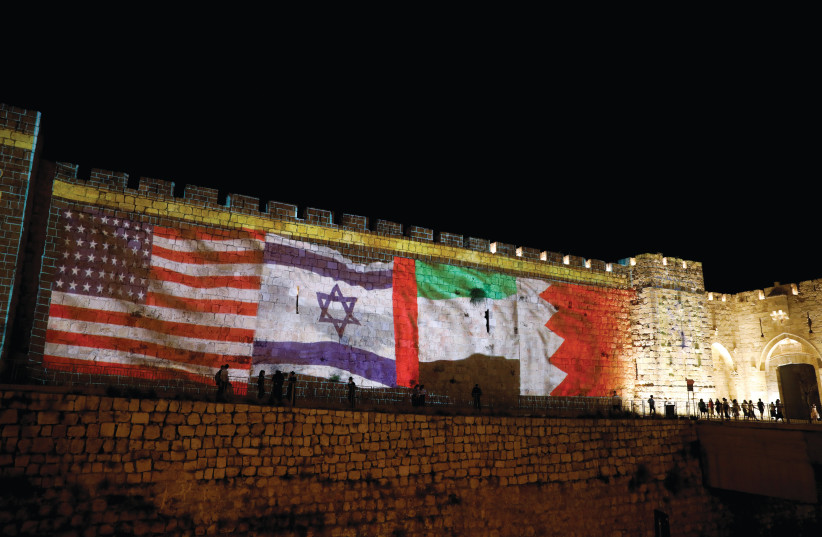The UAE intercepted another missile attack on Monday morning. It was the third attack in January and represents a major escalation by the Iranian-backed Houthis in Yemen. At the same time, UAE air defenses, bolstered through training and acquisitions over the years and working in concert with the US and other partners, are becoming more effective.
“Following the unprecedented missile and drone attacks targeting its capital Abu Dhabi this January, the United Arab Emirates has said it is looking into upgrading its defenses,” Paul Iddon wrote in Forbes. “It already has one of the most advanced and formidable air defense networks anywhere, consisting of several advanced systems. So, what other systems might it seek? The UAE became the first country to use the US-built Terminal High Altitude Area Defense (THAAD) system in combat. An Emirati THAAD successfully intercepted a midrange ballistic missile targeting an oil facility near Abu Dhabi’s Al-Dhafra Air Base on January 17.”
During a second attack on January 24, the US military “helped the UAE shoot down two more Houthi missiles,” he wrote. This included the use of Patriot batteries. The importance of using Patriot and THAAD in concert is clear. These are two American-made, air-defense systems. In the absence of other air-defense systems, these are the best available to the UAE.
The region has seen an explosion in new missiles and drones in recent years. Israel, for instance, has had to confront the increased ranges of Hamas missiles. These increases are based on the same Iranian technology that underpins the Houthi missile threat. Israel has created the Iron Dome system for lower-level threats, as well as David’s Sling and Arrow for medium- and high-level threats. The systems are backed by close cooperation with the US.
Of importance in reports from Monday is that the UAE says it struck the platform for launching the ballistic missile that targeted the UAE in the morning. The UAE Ministry of Defense Joint Operations Command announced at 00:50 UAE time the “destruction of platform for a ballistic missile launched from Al-Jawf, Yemen, toward UAE. The missile was intercepted at 00:20 by air defenses. Video of successful destruction of missile platform and launch site.”
It, therefore, appears that not only UAE air defenses are providing good coverage of the country, but the UAE Air Force is able to carry out quick and precise counter strikes.
Good intelligence is key to finding and destroying missile launchers. The results of Monday morning’s air defense and air strike appear to show how the UAE is increasing its defense capabilities.
UAE air defenses and airstrikes increase amid Houthi threat - analysis
The importance of using Patriot and THAAD in concert is clear. These are two American-made air defense systems.

